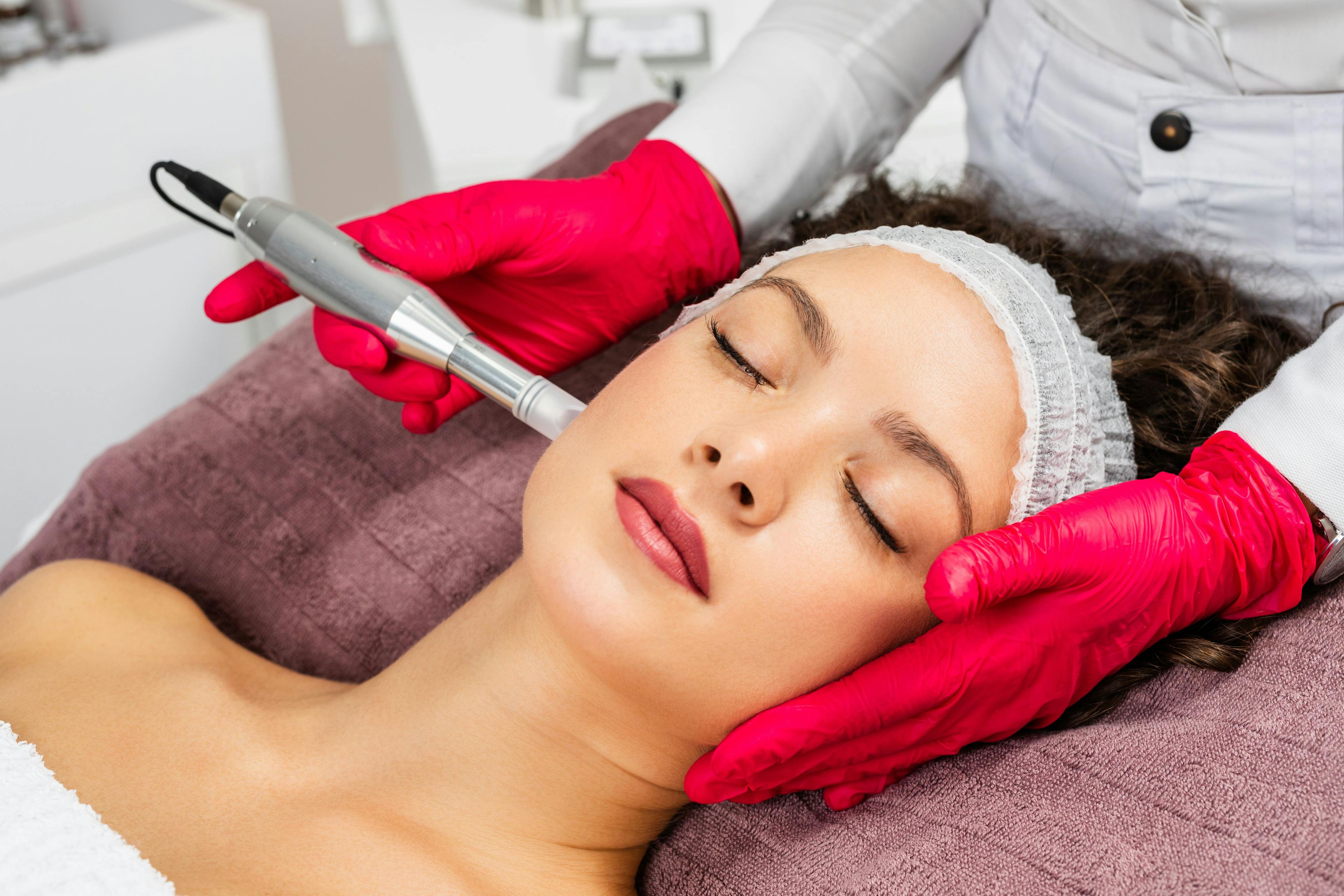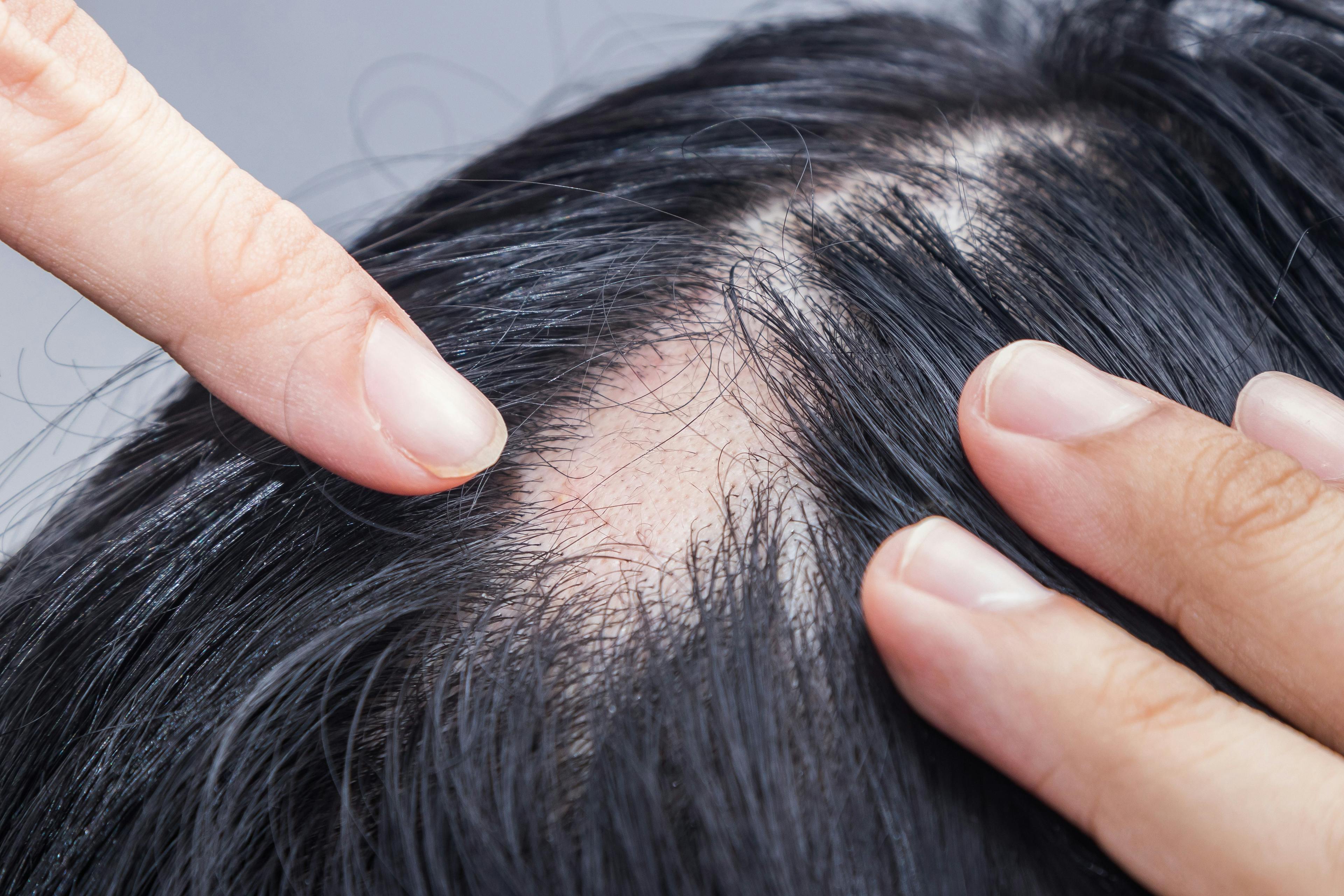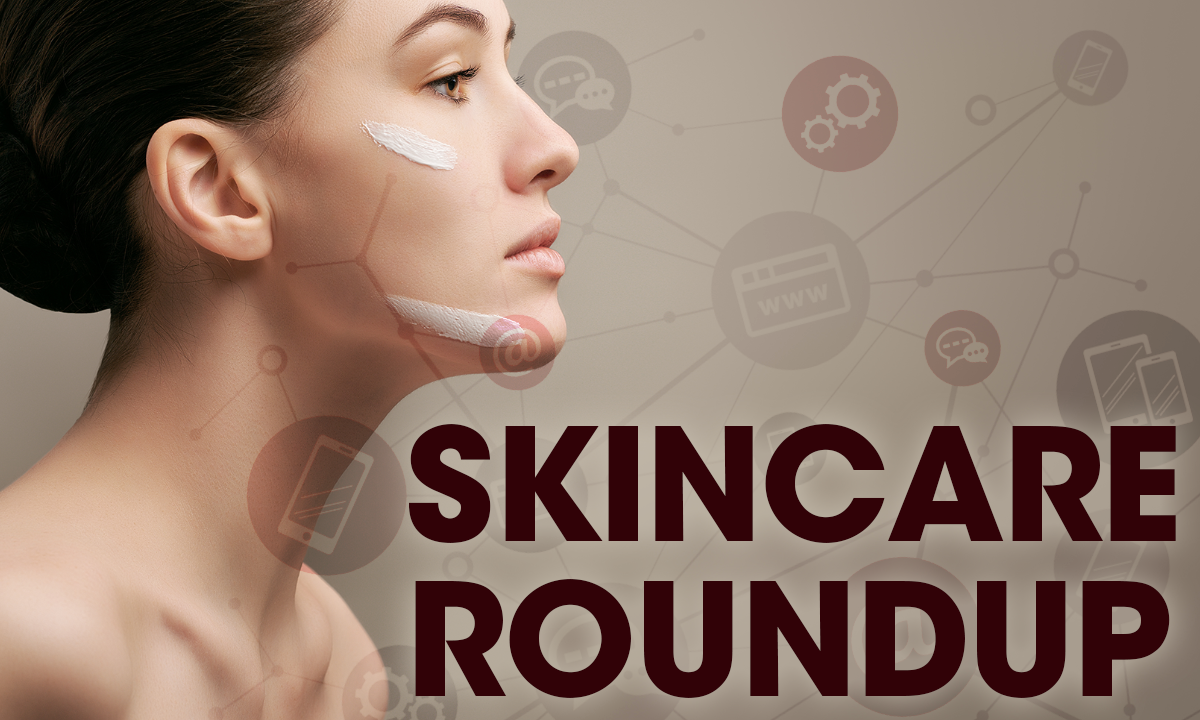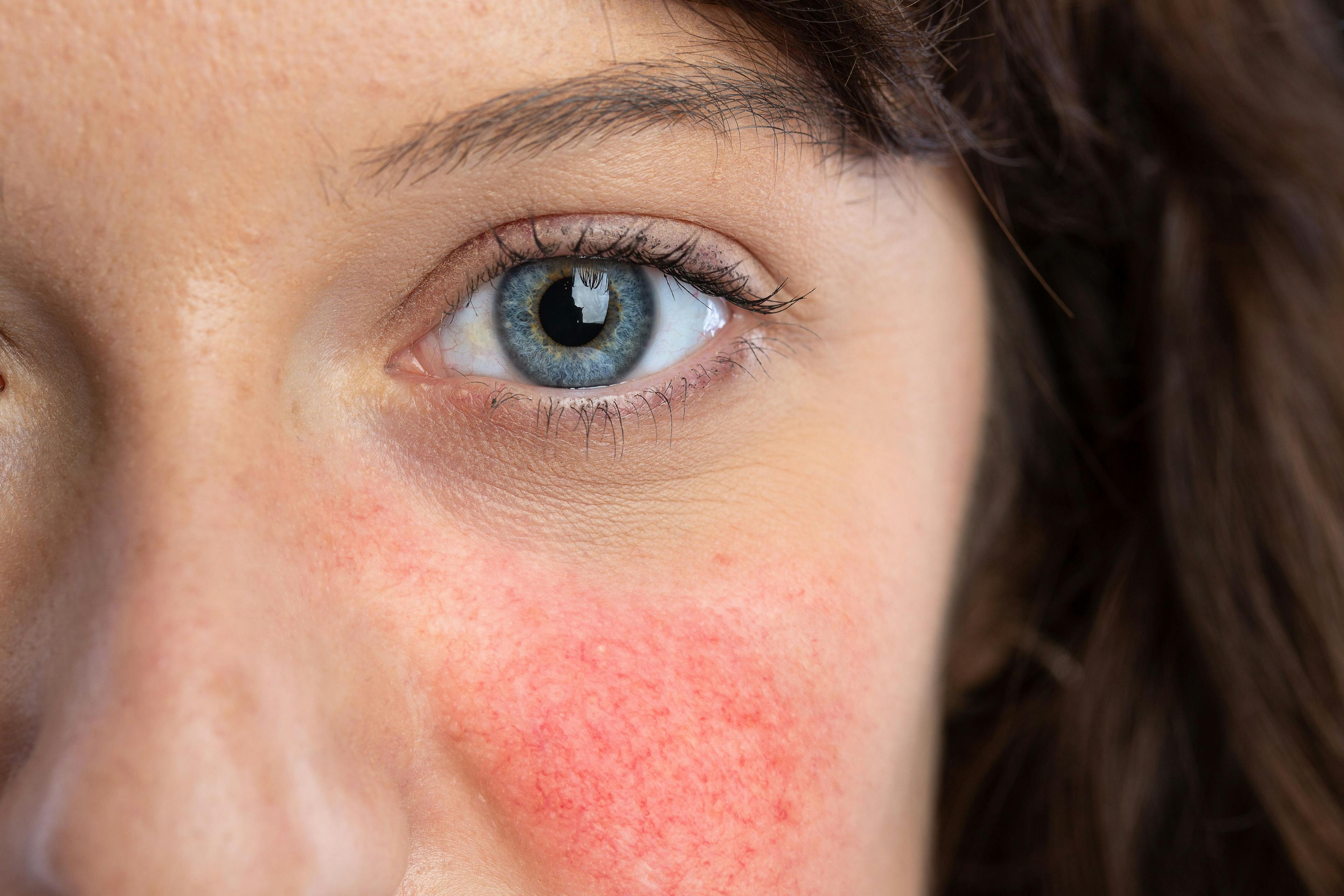- Acne
- Actinic Keratosis
- Aesthetics
- Alopecia
- Atopic Dermatitis
- Buy-and-Bill
- COVID-19
- Case-Based Roundtable
- Chronic Hand Eczema
- Chronic Spontaneous Urticaria
- Drug Watch
- Eczema
- General Dermatology
- Hidradenitis Suppurativa
- Melasma
- NP and PA
- Pediatric Dermatology
- Pigmentary Disorders
- Practice Management
- Precision Medicine and Biologics
- Prurigo Nodularis
- Psoriasis
- Psoriatic Arthritis
- Rare Disease
- Rosacea
- Skin Cancer
- Vitiligo
- Wound Care
Publication
Article
Dermatology Times
Baricitinib Demonstrates Positive Outcomes for Alopecia Areata
Author(s):
Phase 2 data adds to evidence showing efficacy of JAK inhibitors for treating alopecia areata, for which there are no FDA-approved treatments.
Patients with alopecia areata (AA) and 50% to 100% scalp hair loss achieved significant hair regrowth with the oral Janus kinase (JAK) inhibitor baricitinib (Olumiant; Eli Lilly and Company and Incyte), according to the phase 2 BRAVE-AA1 study (NCT03570749).1
In the randomized, controlled study, 110 patients were assigned to 1 of 4 treatment groups: placebo (n = 28), baricitinib 1 mg (n = 28), baricitinib 2 mg (n = 27), and baricitinib 4 mg (n = 27), all treated once daily. Interim analyses were conducted after patients completed 12 and 36 weeks of treatment. The primary outcome was the proportion of patients achieving a Severity of Alopecia Tool (SALT) score of 20 or less (≤ 20% scalp hair loss) at week 36.
Week-12 interim analysis indicated that 33.3% of patients on baricitinib 4 mg attained at least a 30% improvement from baseline SALT score, compared with 29.6% on baricitinib 2 mg, 17.9% on baricitinib 1 mg, and 10.7% on placebo.
At week 36, the proportion of patients achieving a SALT score 20 or less was significantly greater in the baricitinib 2-mg and 4-mg groups compared with placebo: 33% (P = .016) and 51.9% (P = .001), respectively, vs 3.6%.
The proportion of patients achieving a score of 0 (no hair loss) or 1 (limited hair loss) on patient-reported outcome (PRO) for scalp hair assessment was also significantly greater in the 2-mg and 4-mg groups compared with placebo (P < .05).
The proportion of patients achieving a score of 0 (full regrowth) or 1 (minimal gaps and even distribution/spacing) on clinician-reported outcomes and PRO measures for eyebrow and eyelash hair loss was significantly greater in the 4-mg group (P < .05) vs placebo.
The most common adverse event was upper respiratory tract infection, which occurred in 22.2% of the 4-mg group, 11.1% of the 2-mg group, and 7.9% of the placebo group. No serious adverse events were reported for any study patient.
“These results are fantastic and show efficacy at both the 4-mg and 2-mg doses of baricitinib, with one-third of patients taking 2 mg once daily having robust scalp hair regrowth and half of patients taking 4 mg once daily achieving the same,” said principal investigator Brett King, MD, PhD, an associate professor of dermatology at Yale University School of Medicine in New Haven, Connecticut. “Similarly, eyebrows and eyelashes show brisk response to treatment.”
Eligibility criteria for the study included an episode of AA lasting at least 6 months to 8 years, a baseline SALT score of 50 or more, and no spontaneous improvement within 6 months before screening. Other treatments for the disease were prohibited during the study, and patients with a prior inadequate response to a JAK inhibitor were excluded.
There are currently no FDA-approved treatments for AA.
Although baricitinib has been shown to be efficacious for the treatment of patients with moderate to severe atopic dermatitis, the results of those trials “are not as compelling as these for [AA], and so I am pleasantly surprised and excited,” King told Dermatology Times®.
Baricitinib is an oral, reversible, and selective JAK 1 and 2 inhibitor. “We know that interferon-γ and [IL-15] are important mediators of [AA] immunopathogenesis,” King said. “Both of these cytokines signal through the JAK-[STAT] pathway. Baricitinib is a JAK inhibitor and, therefore, it interrupts signaling by both interferon-γ and IL-15, thereby reversing disease.”
These phase 2 data add to a growing body of evidence showing efficacy of JAK inhibitors for treating AA, according to King. “I am hopeful that in the next 1 to 2 years, we will have 1 or more JAK inhibitors FDA approved for patients with this frequently awful disease,” he said. “If the phase 2 study results for [AA] are repeated in phase 3, then we will have a JAK inhibitor for the disease with extensive safety data, which will give dermatologists comfort when using the medication,” he said.
The 2-mg and 4-mg doses have been selected for the phase 3 portion of the BRAVE-AA1 trial. The highly compelling results of baricitinib for AA “underscore that there are many hidden treasures in understanding the immunopathogenesis of [AA] and other diseases, as well as how JAK inhibitors work,” King said. “We have a lot of exploring and learning to look forward to.”
Disclosure:
King has served on advisory boards, is a consultant, and/or is a clinical trial investigator for Aclaris Therapeutics Inc; Almirall, SA; Arena Pharmaceuticals, Inc; Bristol Myers Squibb; Concert Pharmaceuticals, Inc; Dermavant Sciences; Eli Lilly and Company; Incyte; Pfizer Inc; TWiBiotechnology, Inc; and VielaBio.
Reference:
1. A study of baricitinib (LY3009104) in participants with severe or very severe alopecia areata (BRAVE-AA1). ClinicalTrials.gov. Updated February 21, 2021. Accessed March 9, 2021. https://clinicaltrials.gov/ct2/show/study/NCT03570749

Newsletter
Like what you’re reading? Subscribe to Dermatology Times for weekly updates on therapies, innovations, and real-world practice tips.





























